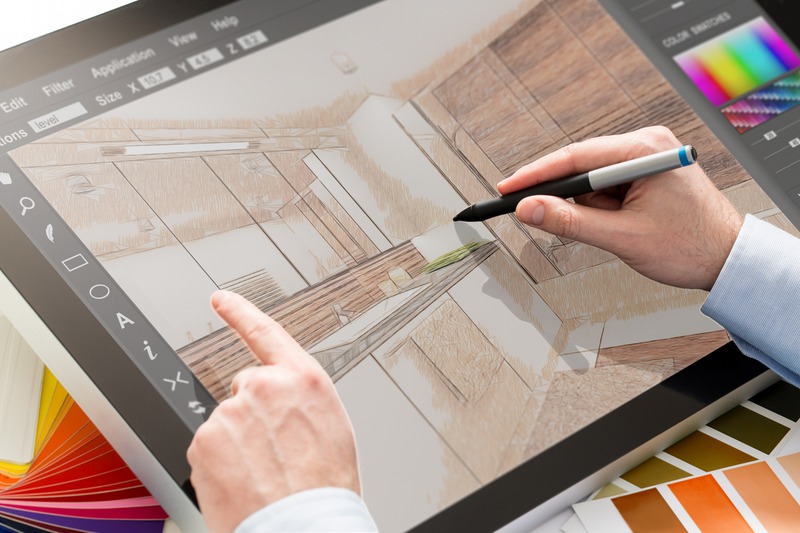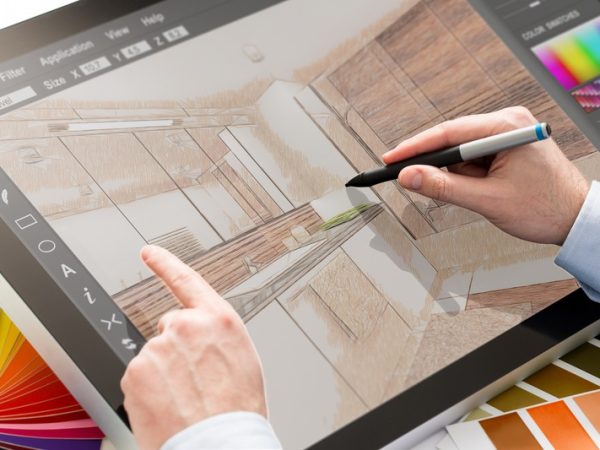How to Effectively Communicate with Your Interior Designer?
When embarking on a home transformation, the interaction between a client and an interior designer sets the foundation for a successful project. Miscommunications or unresolved expectations can lead to dissatisfaction and delays. This guide offers steps to ensure a transparent and smooth dialogue that effectively brings visions to life. Utilizing these communication strategies can simplify the process, allowing both parties to collaborate effectively for the ideal design outcome.
Tips for Clear Communication with Your Interior Designer
Express Clarity in Design Expectations
The journey to a beautifully designed space begins with clear communication about design expectations. Clients should express their aesthetic preferences and lifestyle needs to their interior designer upfront. Utilizing inspiration boards or samples from design magazines can serve as visual aids. Be sure to let the designer know about any specific styles, colors, or functionalities that are of utmost importance. Being open about dislikes is equally crucial to prevent unwanted incorporations in the design.
Define Priorities and Set a Realistic Budget
Understanding and conveying priorities helps streamline the design process. Clients should specify what elements of the design take precedence to guide the designer’s focus. The budget is another critical component that requires transparency. Establishing a budget early on allows for informed decisions, keeping the project within financial limits. A clear budget guide ensures that the designer selects materials and plans that align with financial expectations.
Importance of Regular Check-Ins
-
Schedule regular updates to monitor project progress.
-
Ensure all parties are aligned on project developments.
-
Use check-ins as an opportunity to reassess goals if needed.
Consistent communication is promoted through regular meetings. These check-ins serve as excellent opportunities to address any arising concerns promptly. By maintaining a routine schedule for these updates, both parties can stay informed and make necessary adjustments to the project in real-time, reducing the likelihood of misunderstandings or misaligned goals.
Adopt Visual Tools and Technology
Visual aids and digital tools bring significant advantages to the design process. By using floor plans, 3D models, or mood boards, clients can gain better insight into the project’s potential outcome. Digital platforms facilitate the sharing of these visual tools, making them indispensable in modern design collaboration. They allow clients to envision various options, which can support more informed decision-making.
Professional interior design services, like those offered by well-equipped professional interior design studio, often include these tools as part of their offering, enhancing communication and clarity in the design vision.
Stress the Importance of Documentation
Proper documentation plays a pivotal role in avoiding misunderstandings. Written agreements, detailed notes on changes, and decisions throughout the project help maintain clarity and reference the design direction. This formal approach not only keeps everyone on track but also ensures that there is a concrete record of expectations and modifications for both the client and the designer.
Embrace New Ideas and Collaborations
While having a clear vision is important, remaining open to new suggestions can result in exciting design possibilities. Interior designers bring a wealth of creativity and expertise to the project, often providing alternatives that align with the client’s vision but also introduce fresh perspectives. Being receptive to these ideas can lead to more innovative and satisfying results.
Incorporating diverse design styles can be seen in selections like Stickley furniture in Philadelphia, which adds unique character and craftsmanship to the design process.
Develop Trust and Rapport
-
Foster a trusting relationship with your designer.
-
Encourage open and honest communication.
-
Respect the expertise and experience the designer brings.
Trust is the cornerstone of any successful client-designer relationship. Establishing rapport enables open and honest communications where both parties feel comfortable expressing thoughts and concerns. With mutual respect for each other’s contributions and roles, the collaborative process benefits from increased efficiency and creativity.
Set Realistic Timelines and Manage Expectations
Timelines form an integral part of the planning process. Clearly defining each phase’s deadlines and key milestones ensures the project stays on schedule. Adjustments may be necessary along the way, but setting realistic timelines allows for better management of expectations on both sides. This approach minimizes stress and ensures a smooth flow of the project’s progression.
In vibrant cities, accessing a wide range of design styles and choices can enrich design solutions. Exploring offerings in cities like Philadelphia showcases the diversity and creativity available, enhancing the overall design experience.
Address Disagreements with Constructive Dialogue
Differences in opinion are a natural part of the design process. Addressing disagreements with calm and constructive dialogue can transform challenges into creative opportunities. Focusing on solution-led discussions promotes a teamwork approach that finds common ground without escalating conflicts. In doing so, all parties can move forward with mutual understanding and satisfaction.
Closing Remarks
For a home design project to succeed, effective communication with an interior designer is indispensable. By expressing clear expectations, engaging in open dialogue, and embracing innovative ideas, clients can foster a strong working relationship. Utilizing visual tools and maintaining scheduled check-ins further enhances collaboration. Each step in this communication process leads to a harmonious design that reflects the client’s personality and style, ultimately transforming their space into a personalized haven.





